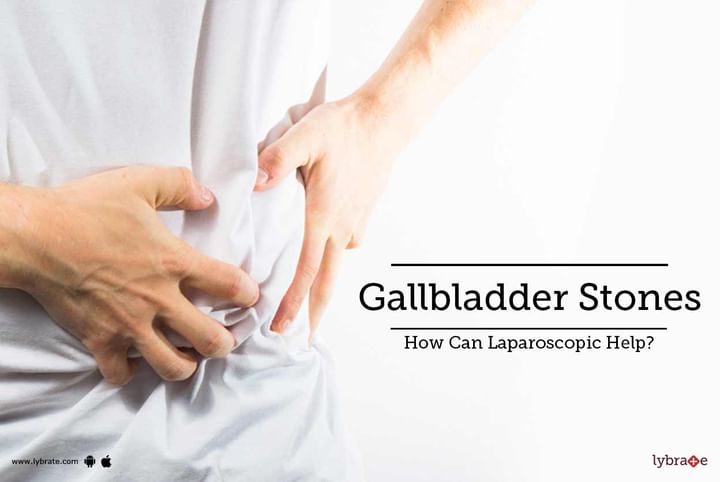Gallbladder Stones - How Can Laparoscopic Help?
The gallbladder is responsible for storing and releasing bile. This bile aids in digestion by breaking down fat cells. If the gallbladder does not function optimally, small crystals begin to develop within the gallbladder. These are known as gallstones and can range from being the size of a salt crystal to a golf ball. Gallstones can be extremely painful and do not go away on their own. Since the body can function without a gallbladder, a surgeon may advise removing this organ to treat gallstones. This is known as a cholecystectomy. Today, this surgery is usually performed laparoscopically.
What is a laparoscopic cholecystectomy?
This surgery is also known as keyhole surgery. Unlike open surgery, in this case, the surgeon makes a few small incisions through which instruments may access the gallbladder. The removal of the gallbladder is also done through one of these incisions. A laparoscopic cholecystectomy may also be performed if the gallbladder is inflamed or in the case of pancreatitis. There are a number of advantages to this type of surgery. Most important amongst them is that the patient recovers faster and has less scarring.
Laparoscopic Cholecystectomy Procedure
This surgery is usually performed while the patient is under general anaesthesia. The surgeon begins by making a number of small incisions in the patient’s abdomen. A tube is then inserted into one of the incisions. Carbon dioxide gas is passed through this tube to separate the underlying organs from the abdominal wall. A tiny camera is inserted into another cut. The feed from this camera is displayed on a large monitor. Clips are sued to cut off the arteries and ducts servicing the gallbladder. The gallbladder is them cut free and pulled out of the abdomen through one of the incisions. During the surgery, special x-rays may also be used to check for gallstones lodged in the bile ducts. The incisions will then be stitched and dressed. In most cases, patients may go home on the same day.
Recovery from Laparoscopic Cholecystectomy
This surgery has a high success rate and is considered relatively safe. However, there are some risks associated with the procedure. These include:
- Allergic reaction to anaesthesia
- Bleeding or clotting of blood
- Infections
- Increased heart rate
- Injury to the small intestine or bile duct
Recovering from a gallbladder removal surgery usually takes a week. Unless there are any complications, extended hospitalization is not required. In the first few days after the surgery, patients may experience slight diarrhoea. Patients are advised to walk but should avoid lifting weights. Special antibacterial soaps should be used while bathing to avoid the onset of infections.



+1.svg)
